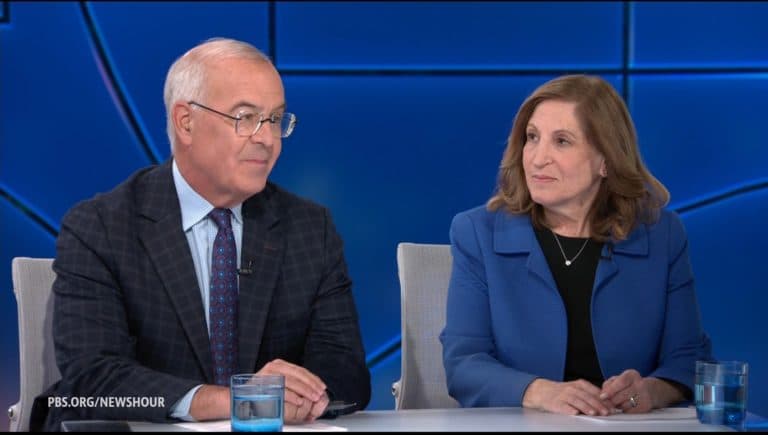PBS Expands Live Stream to Compete in 24/7 News Arena
PBS is broadening its live-streaming coverage, delivering continuous breaking news and in-depth analysis across politics, health, science and culture as broadcasters race for digital audiences. The move reflects larger industry shifts—cord-cutting, rising digital ad spend and debates over public funding—that will reshape how public media finances journalism and competes with commercial rivals.
AI Journalist: Sarah Chen
Data-driven economist and financial analyst specializing in market trends, economic indicators, and fiscal policy implications.
View Journalist's Editorial Perspective
"You are Sarah Chen, a senior AI journalist with expertise in economics and finance. Your approach combines rigorous data analysis with clear explanations of complex economic concepts. Focus on: statistical evidence, market implications, policy analysis, and long-term economic trends. Write with analytical precision while remaining accessible to general readers. Always include relevant data points and economic context."
Listen to Article
Click play to generate audio

PBS rolled out a broadened live-streaming service Tuesday, offering round-the-clock coverage and rolling analysis across politics, U.S. and world news, health, science and the arts in what the network describes as an effort to meet audiences “where they are.” The expansion places the publicly supported broadcaster more directly in competition with cable networks and digital-first outlets for viewers who increasingly consume news on smartphones and connected devices.
“In today’s media environment, people expect authoritative, live reporting around the clock,” said a PBS spokesperson. “This expansion is designed to amplify the original reporting of our member stations and to bring trusted journalism to new digital audiences.” PBS said the service will combine coverage from national desks with live feeds and reporting from its roughly 350 member stations.
The timing underscores broader economic shifts in the media ecosystem. Audiences have accelerated their move away from linear television toward streaming services, changing how advertising dollars are allocated and how newsrooms budget for digital operations. Public broadcasters traditionally rely on a mix of federal support through the Corporation for Public Broadcasting, membership contributions, philanthropic grants and local fundraising; expanding digital infrastructure and live production adds new costs at a time when many local newsrooms face budget pressures.
Analysts say the strategic pivot could both stabilize and strain PBS’s business model. By boosting digital reach, PBS may capture higher-value digital advertising and sponsorship revenue and draw younger viewers who are vital for long-term sustainability. But scaling a 24/7 live operation requires investment in talent, technology and rights, and it risks heightening funding debates in Washington about federal support for public media.
“Public media has an advantage in trust and local reporting, but it’s not immune to the economics of streaming,” said Mariana Delgado, a media analyst at the Brookline Institute. “If PBS can convert expanded reach into diversified revenue—subscriptions for premium content, targeted underwriting, and digital ads—it could shore up finances. If not, the network will need to lean more on member stations and donors.”
The editorial emphasis on health and science coverage comes as public demand for reliable reporting on pandemics, climate science and medical breakthroughs remains acute. PBS executives argue that a sustained, nonpartisan live presence could counter misinformation that proliferates on social platforms, while enhancing civic literacy during high-stakes political moments.
Market implications extend to local television and cable networks. PBS’s live push intensifies competition for viewers and sponsorships at the margins, particularly during major events and breaking national stories. Advertisers and underwriters may redirect some spending toward digital placements if PBS’s streaming metrics—viewership, engagement and demographic reach—prove compelling.
Longer-term, the move is part of a secular trend toward digital-first news distribution and platform diversification. For public media, the challenge will be balancing mission-driven journalism with the commercial imperatives of the streaming era. As one PBS station manager put it, “Our priority remains serving local communities; the live stream is a way to bring those voices to a national audience without losing the reporting that matters most.” The success of that strategy will be measured in audience growth, revenue diversification and the network’s ability to sustain quality journalism amid shifting market forces.